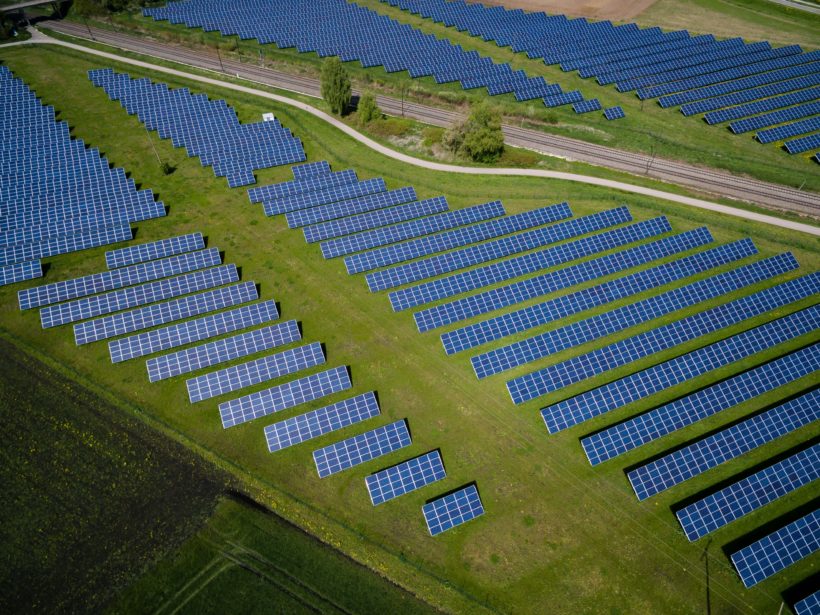A cleaner, more sustainable form of energy, renewables draw power from natural sources such as the sun (solar), wind (aeolian), ocean (marine), rivers (hydroelectric), and the Earth’s internal heat (geothermal). However, this also means they can be affected by environmental, seasonal and daily cycles that can limit their use or efficiency. As such, renewable energy cannot always consistently produce energy at all hours of the day – this is called intermittency.
Solar and wind farms energy production in Europe have been known to fluctuate between 0 to 23 and 24GW of energy respectively during peak times. While these peak production periods provide a large share of energy, the sometimes unpredictable lulls are what define the intermittency of renewables. This intermittency is contrasted by the constant power output that can be generated by fossil fuel-based power plants using coal or natural gas, this has often been referred to as base-load energy. These power plants are able to provide a constant source of energy but do so at the cost of the environment.
Intermittency has always been an issue limiting the growth of renewable energy, but the development of high-capacity batteries capable of storing large quantities of power has changed that. Being able to store excess energy produced by renewable energy during peak cycles, storage provides power grids with the ability to tap into those reserves when the cycles dip – negating the intermittency of renewables. Recent studies have shown that the use of large-scale batteries in the United States could both help reduce renewable energy infrastructure costs and provide over 80% of the nation’s power demands through sustainable energy.

